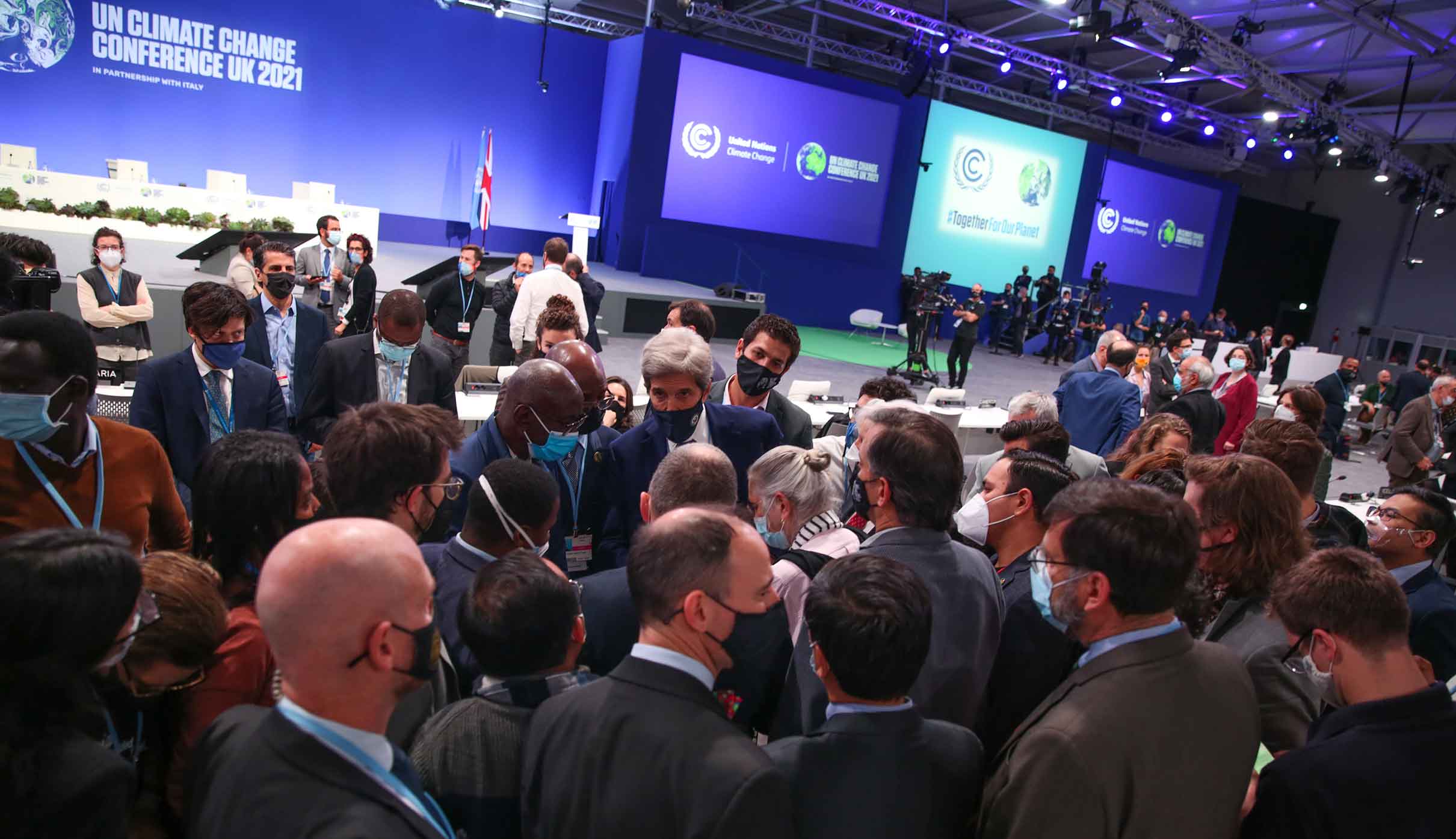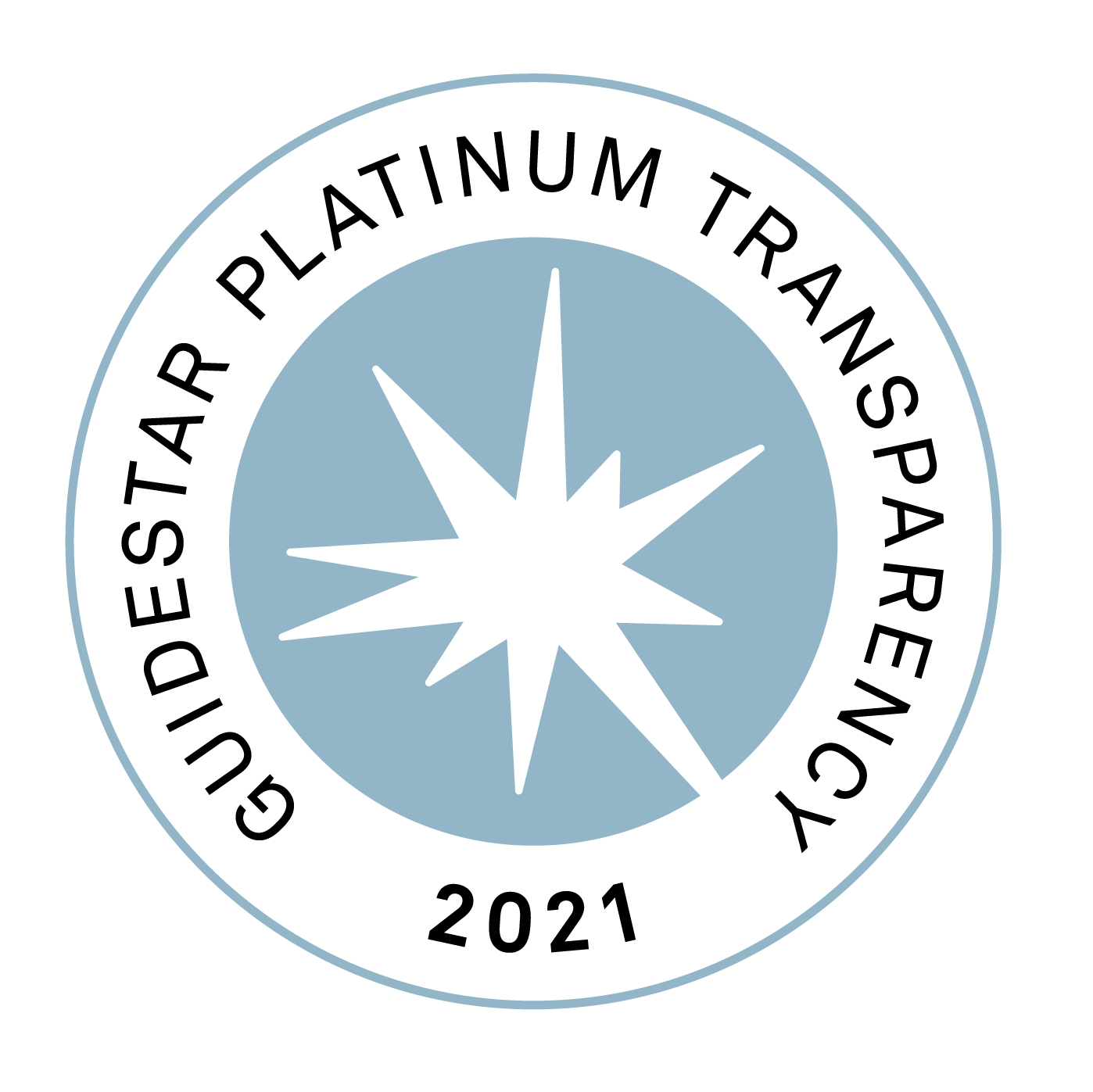
What does the Paris Agreement’s Article 6 mean for rainforests?
March 7, 2022, New York
The Paris Agreement goal can only be achieved by slowing global deforestation and with the full implementation of the REDD+ mechanism, which was enshrined in Article 5 in 2015. While Article 6 rules are still being developed by countries, the implementation of the REDD+ mechanism continues unabated. Several rainforest nations, including Belize, Saint Lucia, and Gabon, are in the process of having accomplished forest conservation efforts recognised as REDD+ Results by the UNFCCC. These greenhouse gas reductions will be published on the UNFCCC REDD+ info hub.
After COP26, rainforest nations raised concerns that voluntary carbon project proponents had compromised the REDD+ mechanism through Article 6.4, whose main function is to promote project-based mechanisms for sustainable development. While pre-2020 Clean Development Mechanism (CDM) projects made it into Article 6, to the benefit of big emitters, national emissions reductions accomplished by rainforest nations countries since 2005 did not. Further, post-2021 REDD+ results generated under Article 5 will now have to undergo additional review under Article 6.2., whose function is to support cooperative approaches among countries. Currently, the REDD+ Measuring, Reporting, and Verifying (MRV) process and technical analysis of the REDD+ results is reviewed under the Paris Agreement transparency framework. So, there are questions as to why post-2021 credits shpuld require additional review
“Rather than being compromised, REDD+ should be used as a ‘best practice’ for other sectors. Currently, it is the only sector delivering robust and accurate reductions and removals of GHG emissions. It is centred around national reference levels, national greenhouse gas inventories, sectoral strategies, and plans.” Kevin Conrad, Executive Director of Coalition for Rainforest Nations.
For the Paris Agreement, decisions around Article 6, reached in Glasgow, meant the kick-off of new carbon markets. These decisions provide a strong incentive for nations to continue acting on climate change mitigation and adaptation through the added tool of market-based mechanisms. A large package of rules was defined that will shape the two critical mechanisms under Paris Agreement, Article 6:
Article 6.2 - Cooperative approaches among states
Article 6.2 text now introduces the concept of ITMOs (internationally transferred mitigation outcomes) as equivalent to carbon credits. Article 6.2 allows voluntary cooperation among national governments in using ITMOs to satisfy a country’s national climate pledge, or Nationally Determined Contributions (NDCs), while ensuring environmental integrity, transparency, and robust accounting to avoid double counting. Through this type of cooperative approach, countries can, on a voluntary basis, exchange ITMOs (carbon reductions or carbon removals) towards their NDCs. This mechanism is subject to guidance to be agreed by all countries at COP27.
Decisions in Glasgow also clarified the definition of ITMOs, the rules for participation in the mechanism, how corresponding adjustments should be calculated, the contribution to the Adaptation Fund, and finally, the rules for reporting, recording, and tracking of ITMOs exchanges.
To ensure environmental integrity, the concept of corresponding adjustments was introduced and applied to any transfer of ITMO under Article 6.2. When an ITMO is ‘authorized’ by the host country, it must be ’adjusted’ or subtracted from the country’s nationally determined contribution. Correspondingly, when a ‘purchasing’ Party uses an ITMO towards achieving its nationally determined contribution, it must also adjust or add to reflect this addition. However, the purchasing country must adjust its greenhouse gas inventory if it is for use towards its nationally determined contributions.
Article 6.4- Project-based mechanism aimed at the promotion of sustainable development
Article 6.4 text is about a project or programme of activities and the generation of emissions reductions and removals. The 6.4 mechanism is inspired by a previous market-based mechanism, called the Clean Development Mechanism, from the international climate agreement, the Kyoto Protocol. It aims to incentivize and facilitate participation in mitigating greenhouse gas emissions by public and private entities authorized by the countries.
Other decisions on rules, modalities, and procedures for Article 6.4 consider the role of the countries and the Supervisory Body, the Participation Responsibilities, the 6.4 Activity Design, and the Mechanism Registry. The new rules also address the levy of share of proceeds for adaptation and administrative expenses, delivering overall mitigation in global emissions, avoiding the use of emission reductions by more than one country, use of emission reductions for other international mitigation purposes, and transition of Clean Development Mechanism (CDM) activities and use of the carbon reductions, called Certified Emissions Reductions (CERs).
On methodologies, while Article 6.4 establishes a mechanism to approve methods at the project level to replace the CDM, the technical review process considered under Article 6.2 has no mandate to review methodologies. Significant concerns exist with some developing nations around atmospheric integrity and equity issues around using methods not approved under the Paris Agreement, such as voluntary market standards, for reductions, removals, and adaptation. At COP27, Egypt countries will pick up on these remaining uncertainties in Articles 6.2 and 6.4.


